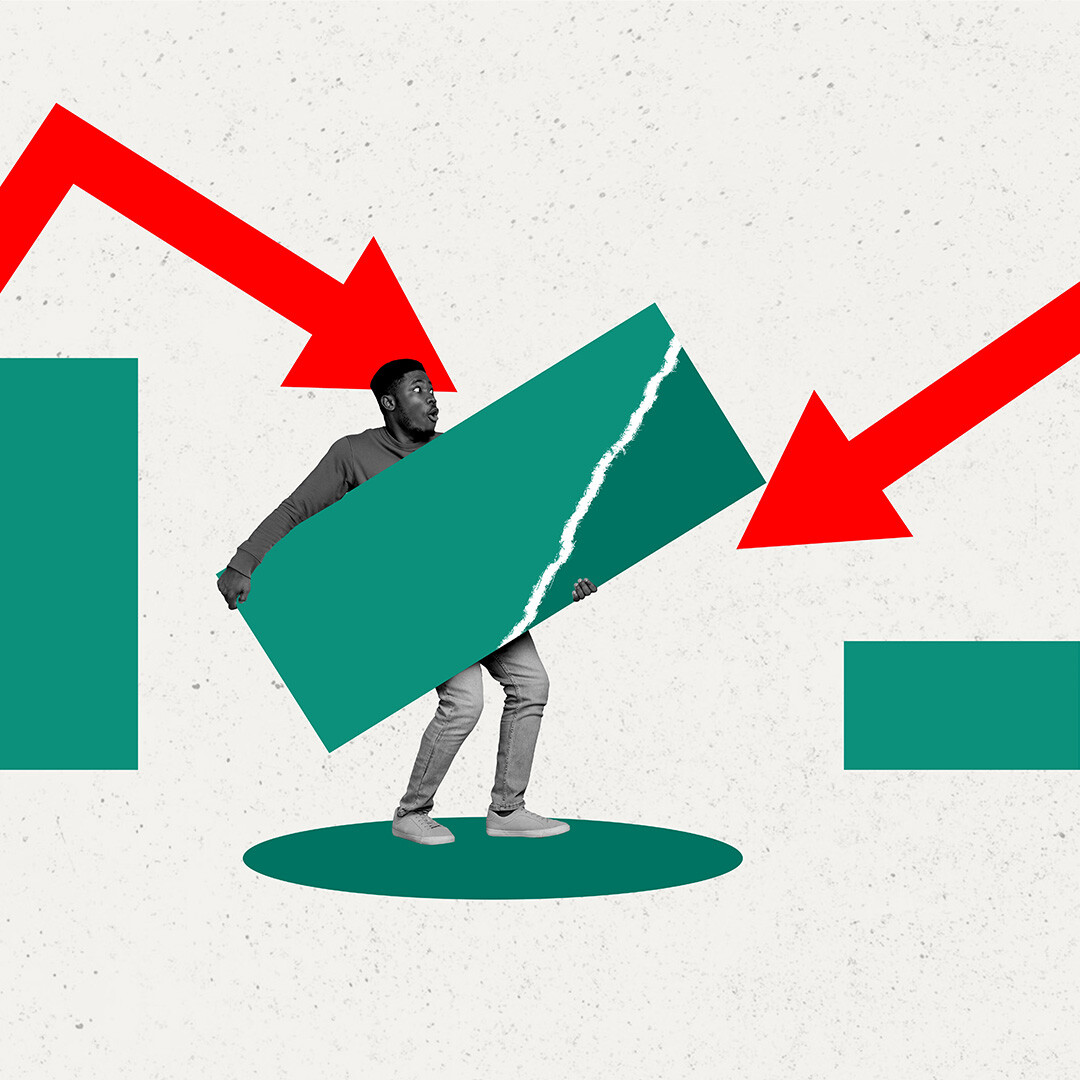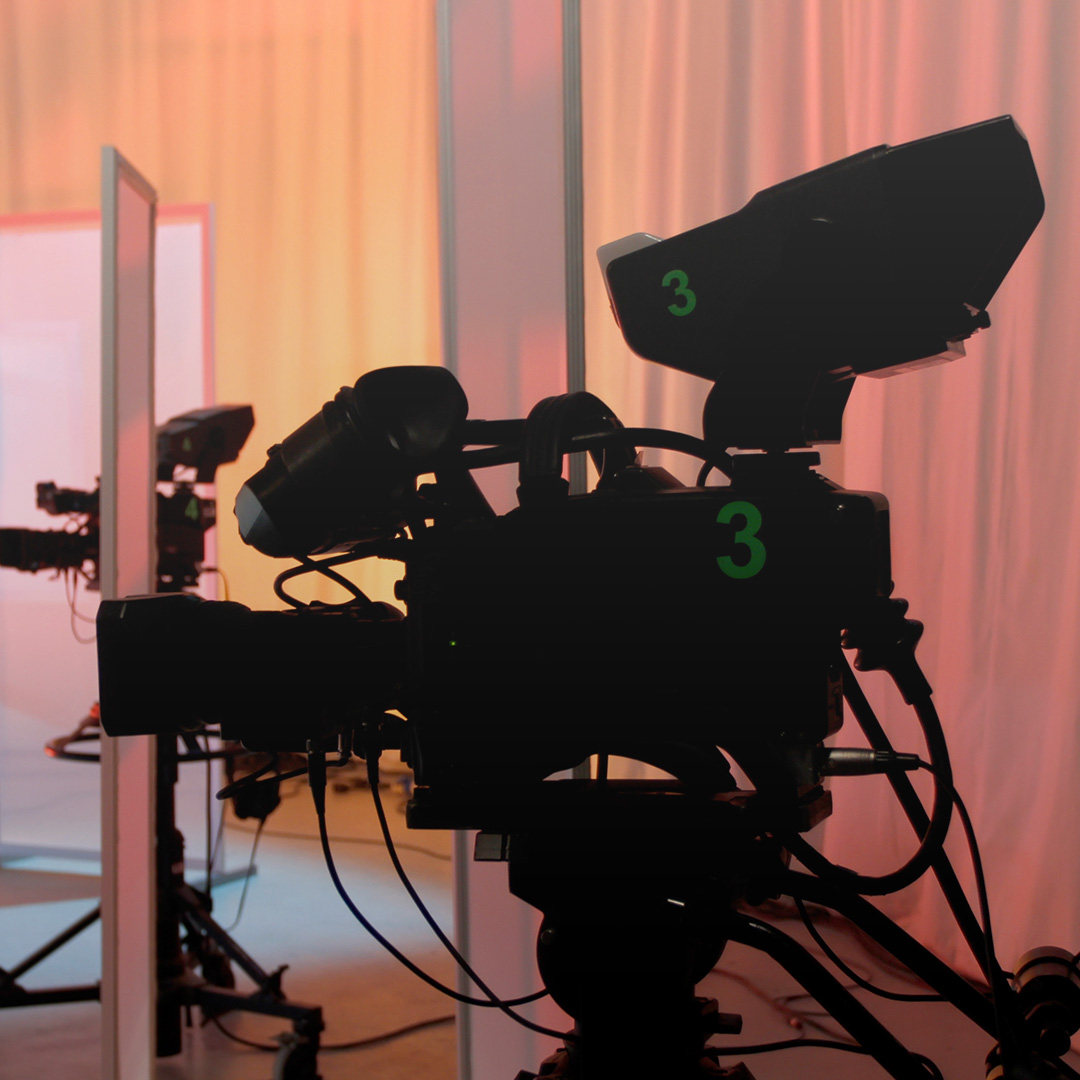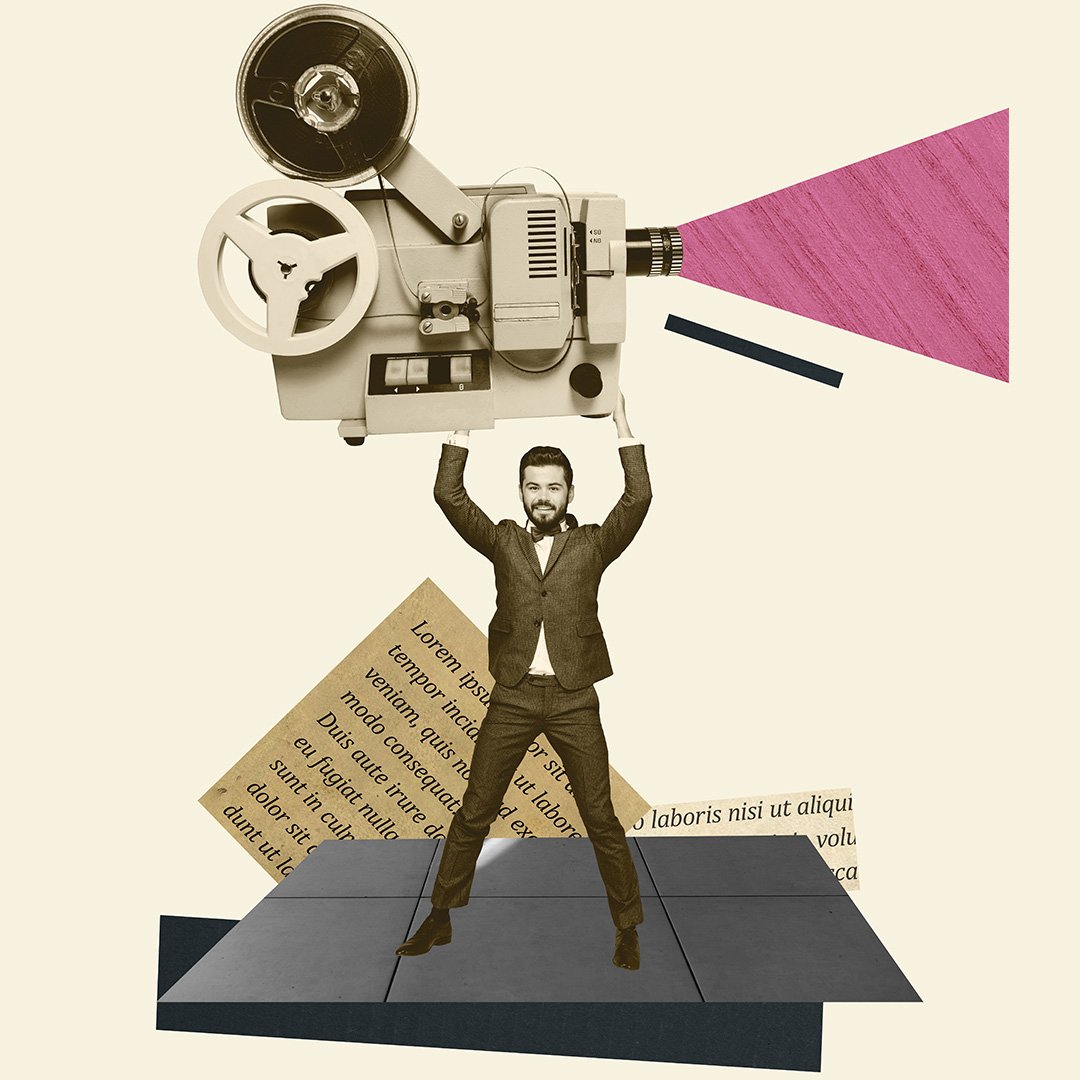7 min read
Film Marketing Assets That Actually Move the Needle
Film Marketing Assets That Actually Move the Needle Without strong creative assets, even the most sophisticated distribution strategy means...
11 min read
Data Storytellers at Trilogy : Feb 21, 2025 2:38:15 PM

Let's face it - just running ads doesn't work anymore. People see thousands of ads every day. Getting anyone to notice yours is tough.
The numbers tell the story. Average websites convert about 2.35% of visitors. The best ones hit 11%. Companies with good landing pages get 12 times more leads than others. And those generic "click here" buttons? Personalized buttons work 202% better.
If you're in charge of growth, you know the pressure. Audiences change their minds constantly. A one-second delay in loading can cost you 7% of conversions. And every dollar needs to show results before your next budget meeting.
This guide is for everyone trying to get results while keeping costs down.
Digital advertising hit $681 billion in 2023. Think about it - thousands of ads competing for seconds of attention. Big budgets don't guarantee success.
The numbers aren't great. Display ads get clicked 0.05% of the time. Paid search does slightly better at 1.91%.
Algorithms change overnight. People ignore banner ads. And about 42% of internet users block ads completely - even more among millennials with money to spend.

Generic ads disappear. A unique voice helps people remember you in the flood of content.
When Dollar Shave Club launched, their direct, funny style immediately set them apart. Their launch video got 12,000 orders in just 48 hours without much ad spend.
Trying to reach everyone means reaching no one effectively.
Glossier started by focusing on beauty enthusiasts in online communities instead of everyone. This approach cost them 40% less to acquire customers while building strong loyalty.
Manual testing can't keep up with AI tools:
One financial company discovered a 3-hour window on Tuesdays when their audience was 31% more responsive. After shifting their budget, they got 47% higher conversion rates.
When everyone talks about features, emotional stories stand out:
Nike’s "Dream Crazy" campaign with Colin Kaepernick increased online sales by 31% and added $6 billion to company value despite initial controversy.
To stand out:
Marketing leaders face intense scrutiny over spending. Most CMOs (73%) feel pressure to prove ROI, while budgets stay flat at about 9.5% of company revenue. This makes cost-effective ad strategies essential for maximizing impact without overspending. Meanwhile, getting new customers costs 60% more than five years ago.
Tracking what works is complicated. Most customers interact with a brand 8+ times across different channels before buying. Traditional attribution models that give all credit to the last click lead to poor decisions.
Look beyond simple metrics:
HelloFresh discovered their "efficient" Facebook campaigns actually brought in customers with 22% higher dropout rates than TV campaigns. After shifting budget, overall customer value jumped 31%.
Don't stick to rigid annual plans:
Expedia created a system that automatically moved the budget based on conversion rates. During COVID-19, this shifted money from international to domestic travel ads, maintaining ROI while competitors struggled.
Let data science guide your decisions:
To improve accountability:
Dynamic budget management improves both accountability and results.
Great ads and smart budgets fail if shown to the wrong people. Most marketers (67%) say it's harder to identify and reach ideal prospects than two years ago.
This comes from fragmented data, privacy regulations, and competitive markets. Research shows imprecise targeting wastes about 21% of marketing budgets.
Build multi-dimensional audience models:
Peloton shifted from demographic targeting to behavioral clusters based on fitness engagement. This cut customer acquisition costs by 28% while improving first-year retention by 18%.
Use each platform's unique capabilities:
Fidelity created platform-specific audience strategies, increasing qualified leads by 41% while maintaining acquisition costs.
Focus on how people think, not just who they are:
Spotify analyzes psychological factors like mood and listening context, achieving 32% higher engagement than demographic targeting alone.
Follow this approach:

Ads get ignored faster than ever. Facebook research shows ads start losing effectiveness after just 10 days. People now need 5-7 exposures before taking action.
This creates challenges: rising creative costs and shrinking attention spans. The average content viewing session lasts just 8.25 seconds on mobile.
Replace one-size-fits-all campaigns with component-based systems:
Samsung built a modular system for smartphone launches, cutting production time by 64% while creating 15 times more creative variants.
Build testing into development:
Expedia tests creative concepts with 1% of their audience before full deployment, eliminating about $1.2M in ineffective creative spend yearly.
Leverage authentic customer content:
Glossier attributes 70% of their growth to strategic use of customer content, cutting creative production costs by about $2.8M yearly. This is a prime example of cost-effective ad strategies that leverage authentic customer engagement.
Take this structured approach:
The average marketing department uses 23 different analytics tools, generating over 8,900 metrics—triple the number from 2018. It's like drinking from a fire hose.
This creates decision paralysis and conflicting signals. Despite massive analytics investments, only 29% of marketers believe they effectively turn data into actionable insights.

Replace metric overload with structured measurement:
Netflix uses a single North Star metric—net subscriber retention—supported by a small set of drivers. This eliminated 76% of previously tracked metrics and cut reporting time by 58%.
Transform reports from comprehensive to useful:
Shopify redesigned their analytics around decision dashboards, cutting analytics meetings from 3.5 hours to 45 minutes weekly.
Use artificial intelligence to spot what humans might miss:
Netflix’s AI system continuously analyzes marketing performance, allowing their team to focus on the top 5% of potential improvements.
Follow this approach:
Consumer behavior is changing faster than ever. According to McKinsey, we've experienced a decade's worth of digital adoption in 24 months, with 75% of consumers trying new shopping behaviors since 2020.
This makes strategies obsolete quickly and predictions less reliable. Historical data doesn't work as well, with 58% of marketers reporting that pre-2020 models significantly underperform.
Replace periodic research with constant monitoring:
Procter & Gamble built a "Consumer Radar" combining social listening, search trends, and retail data to detect early behavior shifts. They anticipated the pandemic cleaning supplies rush before most retailers.
Create systems enabling quick adaptation:
Chipotle implemented responsive messaging, pivoting 80% of campaigns to value-focused messaging within 72 hours when economic indicators shifted.
Prepare for different possible futures:
Take this approach:
Marketing channels have expanded from 17 in 2015 to over 40 today, each requiring specialized knowledge and unique creative formats.
This creates investment risk and spreads capabilities thin. Traditional testing frameworks don't work well for new platforms, with 61% of marketers reporting difficulty establishing appropriate metrics.
Replace all-or-nothing decisions with a structured method:
NBCUniversal implemented a four-tier platform framework, capturing early advantages while managing risk.
Leverage external expertise to reduce learning curves:
e.l.f. Cosmetics partnered with established TikTok creators, generating 7 billion views and 5 million user videos with minimal internal resources.
Create adaptable capabilities that transfer across platforms:
Follow this methodology:
Marketing leaders face unprecedented pressure to show returns quickly. About 83% of CMOs report increased scrutiny, with the average "proof period" shrinking from 12 months to just 93 days.
This creates metric misalignment and hesitation to invest. The average customer journey involves 8+ touchpoints, making accurate early-stage attribution difficult.
Replace single-timeline ROI expectations with layered evaluation:
HubSpot implemented a "Milestone Measurement" system, reducing premature program terminations by 64% while improving overall marketing ROI by 41%.
Design initiatives to deliver incremental value while building toward comprehensive impact:
Adobe restructured their account-based marketing into quarterly "sprint cycles," delivering earlier adjustments and more sustainable funding.
Move beyond simplistic attribution:
Here's how to integrate these solutions into a comprehensive framework:
Set clear success metrics and when to expect results. Establish primary business outcomes and identify early indicators of long-term success.
Go beyond basic targeting. Research combining behavior, values, and context. Develop segments based on value potential and competitive opportunity. This approach is essential for data-driven ad campaigns, ensuring your ads are tailored to the most responsive audiences.
Develop content balancing breakthrough with efficiency. Establish clear brand voice, implement modular systems, and test before full deployment.
Create systems turning data into action. Implement unified measurement, focus reporting on exceptions, and develop processes translating data into clear next steps.
Develop approaches balancing strategic consistency with tactical flexibility. Create sprint-based campaigns, establish scenario planning, and implement systematic monitoring.
Approach channels as a portfolio. Categorize platforms into investment tiers, establish evaluation criteria, and implement structured testing for new channels.
Build confidence through appropriate expectations. Create investment categories, implement milestone reporting, and share insights focused on learning.

Begin with targeted implementations focused on significant pain points. Build momentum through visible early wins.
Creating high-converting advertising is an ongoing journey. This framework provides for continuous evolution while balancing strategic consistency with tactical flexibility, accountability with appropriate timelines, and innovation with proven methods.
Ready to transform your advertising strategy for breakthrough performance in crowded markets? Conduct an honest assessment of your current approach, prioritize 2-3 key initiatives, and engage cross-functional stakeholders to ensure alignment. Establish clear success metrics with appropriate timelines, and consider contacting Trilogy Analytics for a confidential consultation on how precision targeting capabilities can truly accelerate your transformation.

7 min read
Film Marketing Assets That Actually Move the Needle Without strong creative assets, even the most sophisticated distribution strategy means...

7 min read
How to Build Excitement About an Upcoming Film Release Table of Contents The Psychology of Film Excitement Strategic Foundation: Timing Your...

3 min read
Data-Driven Marketing: How Behavioral Data, Analytics, and AdTech Drive Real Results TL;DR Summary Today, marketing relies on a blend of...